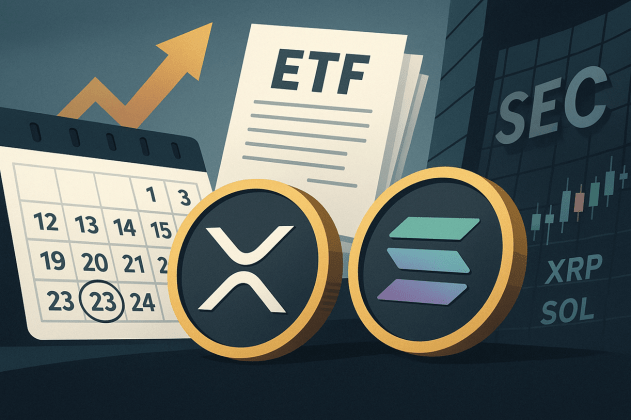Cardano, a well-known cryptocurrency protocol, just celebrated its seventh birthday! The team behind Cardano, Input Output Global (IOG), has been busy building and improving the platform, and they’re excited to share their progress.
Cardano’s Growth Over the Years
Cardano’s native token, ADA, is currently the eleventh largest cryptocurrency with a market value of around $14 billion. Since its launch, Cardano has seen a lot of activity:
- Transactions: Over 95 million transactions have been processed on the blockchain.
- Smart Contracts: More than 74,000 Plutus scripts, which are essential for running smart contracts, have been executed.
- Community Engagement: There are over 1.3 million delegated wallets and 226 research papers published related to Cardano.
- Projects: Around 1,373 projects have been launched on the Cardano blockchain.
- Catalyst Funding: The Catalyst program has funded over 1,800 ideas, helping to improve and develop the Cardano ecosystem.
Major Upgrades and Improvements
Cardano’s architecture has evolved significantly over the past seven years. Here are some key milestones:
- Shelley Era (2020): This era focused on decentralization and network security. Upgrades like Ouroboros improved stake pool operations and encouraged users to stake their ADA.
- Alonzo Hard Fork (2021): This upgrade enabled smart contract functionality on Cardano, significantly increasing block size and script memory unit parameters. This allowed developers to build decentralized applications (dApps) on the platform.
- Vasil Upgrade (2022): This upgrade introduced new features like Plutus script upgrades to reduce transaction costs and diffusion pipelining for faster block propagation.
- Chang Upgrade (Ongoing): This upgrade is being rolled out in two phases and introduces on-chain governance to the network. The first phase, which implements governance features through CIP-1694, sets the foundation for decentralized voting and governance actions. The second phase will introduce additional governance functionalities, including delegated representative participation and treasury withdrawals.
The Future of Cardano: Decentralized Governance
The second part of the Voltaire era will focus on transitioning to a fully decentralized governance system. This means replacing the initial genesis keys with ongoing support from stake pool operators (SPOs) and increased involvement from delegated representatives (DReps) and the Constitutional Committee (CC).
The next steps towards achieving decentralized governance include:
- Ensuring that stake pool nodes meet the required thresholds for operation.
- Completing the development of decentralized applications (dApps).
The final transition to the Voltaire era will occur with the last use of the Genesis keys, which will trigger a hard fork and solidify Cardano’s status as a self-sustaining blockchain.
While specific dates for future upgrades haven’t been announced yet, Cardano is looking towards a future where the community plays a key role in shaping the platform.







